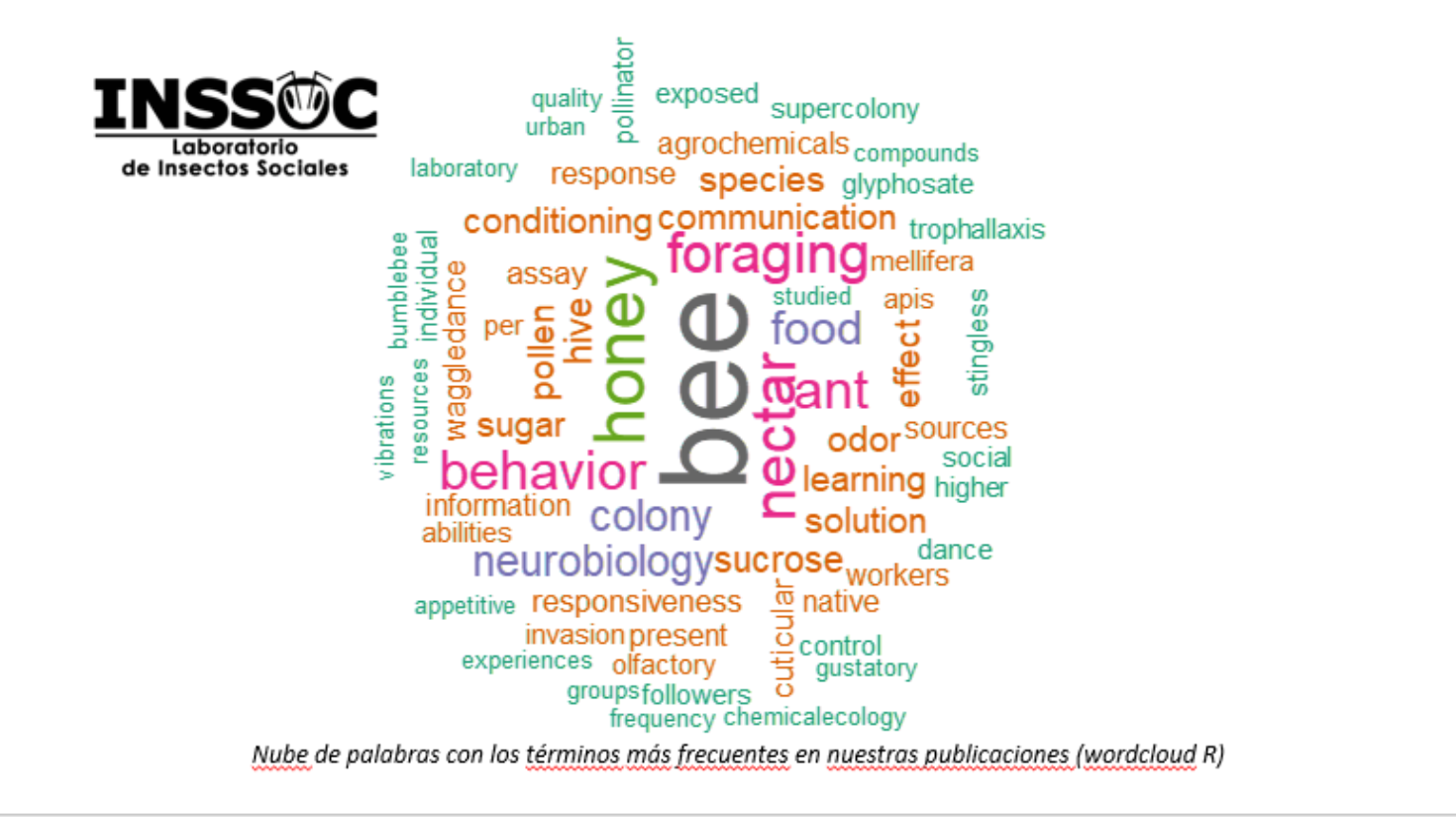
Estudio de las bases neurogenéticas del comportamiento en insectos
Dr. José Manuel Latorre Estivalis
PROJECT LEADER / DIRECTOR DE PROYECTO
Docente
Investigador Adjunto CONICET
Mi investigación se centra en entender los elementos y procesos moleculares que median el comportamiento de los insectos, así como los mecanismos que controlan las respuestas plásticas de estos animales. El objetivo principal es identificar los genes que tienen un papel central en el comportamiento y la neurofisiología de los insectos, principalmente triatominos, vectores de la enfermedad de Chagas, y abejas. En el futuro, estos genes podrían convertirse en nuevos objetivos para desarrollar sistemas de manipulación del comportamiento para controlar vectores de enfermedades humanas y insectos beneficiosos.
Research Projects / Líneas de Investigación
Objetivo principal: Entender los elementos moleculares que median y regulan el comportamiento en insectos usando como modelos Rhodnius prolixus y Apis mellifera.
– Caracterizar receptor olfactivos implicados en la búsqueda de hospedadores utilizando silenciamiento transcriptómico a tráves de RNAi y experimentos conductuales.
– Determinar el papel de las vías olfativas de tipo OR e IR en el comportamiento mediante silenciamiento transcriptómico y experimentos conductuales.
– Comprender el papel de los neuromoduladores en la regulación del comportamiento a nivel periférico.
– Evaluar la percepción de señales olfativas por las larvas (comportamientos de locomoción y orientación).
– Determinar si las sensilas quimiosensoriales de las larvas expresan receptores sensoriales.
– Determinar cómo el contexto de cría durante la fase larvaria afecta en términos moleculares a los adultos emergidos
– Establecer si el componente molecular del sistema olfativo cambia durante el desarrollo larvario.
1. Lorenzo, M. G., Fernandes, G. D. R., & Latorre‐Estivalis, J. M. (2024). Local age‐dependent
neuromodulation in Rhodnius prolixus antennae. Archives of Insect Biochemistry and Physiology,
115(4), e22106.
2. Balbuena, M. S., Latorre-Estivalis, J. M., & Farina, W. M. (2024). Identification of chemosensory
genes in the stingless bee Tetragonisca fiebrigi. G3: Genes, Genomes, Genetics, jkae060.
3. Ortega-Insaurralde, I., Latorre-Estivalis, J. M., Costa-da-Silva, A. L., Cano, A., Insausti, T. C., Morales,
H. S., … & Barrozo, R. B. (2024). The pharyngeal taste organ of a blood-feeding insect functions in
food recognition. BMC Biology, 22(1), 63.
4. Muntaabski, I., Latorre-Estivalis, J. M., Russo, R. M., Landi, L., Agra, M. N., Liendo, M. C., … &
Scannapieco, A. C.. (2023). Embryogenesis and apoptosis appear as key molecular pathways
involved in Varroa destructor reproduction. Apidologie, 54(5), 49.
5. Vázquez, D. E., Martínez, L. E. V., Medina, V., Latorre-Estivalis, J. M., Zavala, J. A., & Farina, W. M.
(2023). Glyphosate affects larval gut microbiota and metamorphosis of honey bees with differences
between rearing procedures. Environmental Pollution, 334, 122200.
6. Latorre-Estivalis, J. M.., Traverso, L., Pontes, G., & Lorenzo, M. G. (2022). The antennal
transcriptome of Triatoma infestans reveals substantial expression changes triggered by a blood
meal. BMC Genomics, 23 (1), 1-21.
7. Latorre-Estivalis J.M (2022). “Molecular bases of olfaction in kissing-bugs” as part of the book
“Sensory Ecology in Disease Vectors” edited by Marcelo Lorenzo, Claudio Lazzari, Rickard Ignell and
Sharon Hill. 10.3920/978-90-8686-932-9;
8. Pontes, G., Latorre-Estivalis, J. M., Gutiérrez, M. L., Cano, A., de Astrada, M. B., Lorenzo, M. G., &
Barrozo, R. B. (2022) Molecular and functional basis of high-salt avoidance in a blood-sucking insect.
iScience, 104502.
9. Latorre-Estivalis, J. M., Große-Wilde, E., da Rocha Fernandes, G., Hansson, B. S., & Lorenzo, M. G.
(2022) Changes in antennal gene expression underlying sensory system maturation in Rhodnius
prolixus. Insect Biochem. Mol. Biol., 140, 103704.
10. Latorre-Estivalis, J. M., Almeida, F. C., Pontes, G., Dopazo, H., Barrozo, R. B., & Lorenzo, M. G. (2021)
Evolution of the insect PPK gene family. Gen Biol and Evol, 13(9), evab185.
11. Tobias, N. J., & Latorre-Estivalis, J. M. (2021). Perspectives in Triatomine Biology Studies:“OMICS”-
Based Approaches. In Triatominae – The Biology of Chagas Disease Vectors (pp. 557-592). Springer,
Cham.
12. Vázquez, D. E., Latorre-Estivalis, J. M., Ons, S., & Farina, W. M. (2020). Chronic exposure to
glyphosate induces transcriptional changes in honey bee larva: A toxicogenomic study. Environ Poll,
114148.
Integrantes del grupo
Miembros Anteriores
Dr. 1
Dr. 2
